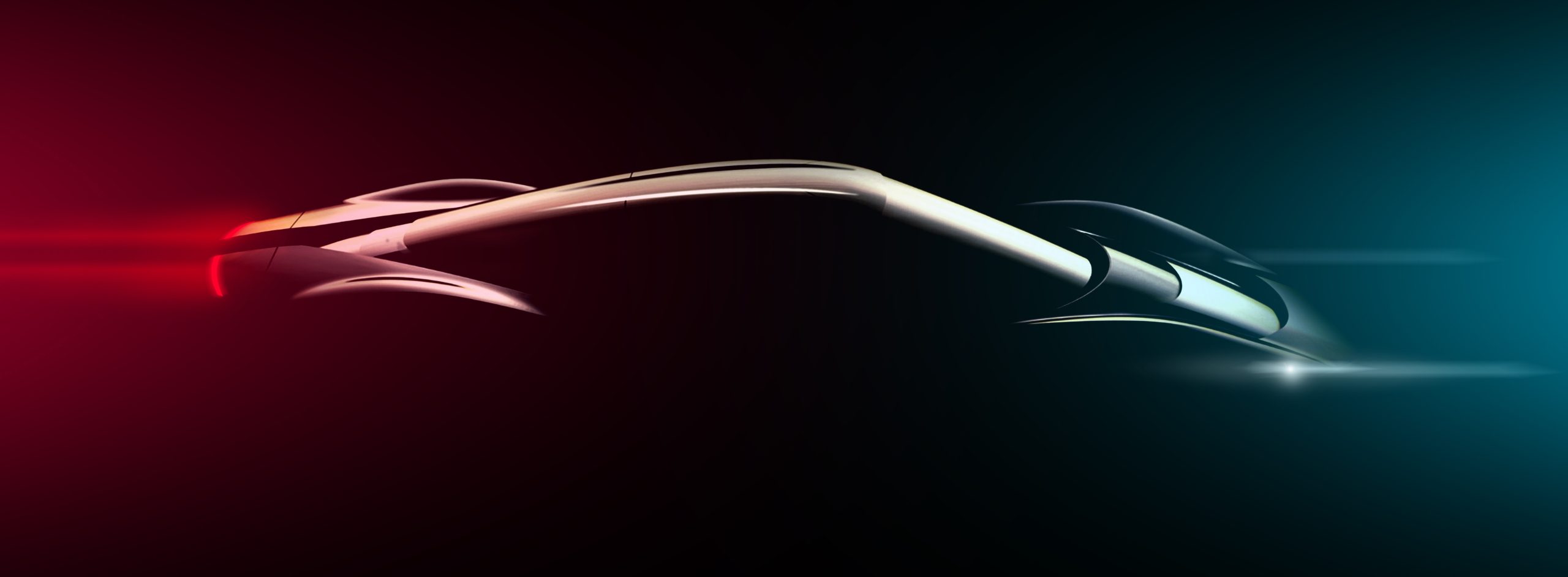
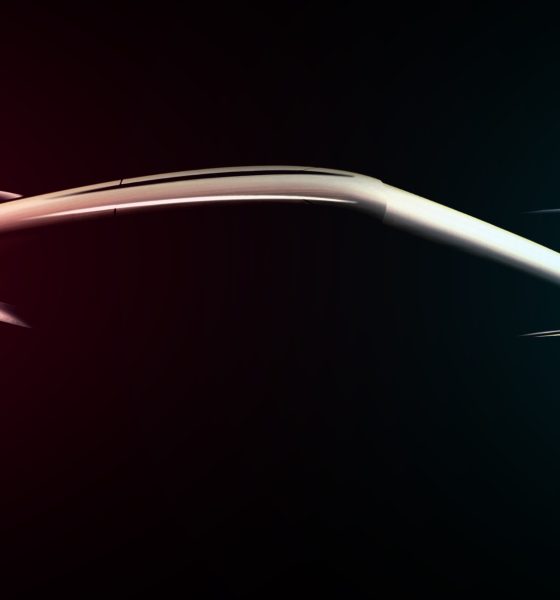
News
Automobili Pininfarina teases electric hypercar, credits Tesla’s Elon Musk for “electric vehicle movement”
Automobili Pininfarina, the Munich-based carmaker with deep roots in both the luxury market and Formula E recently teased its upcoming electric hypercar, code-named PF0 (Pininfarina Zero), set to debut in August at the exclusive Pebble Beach Concours in Monterey, California.
Its sister company Pininfarina is the legendary design house responsible for revered supercars like the Ferrari Testarossa, GT 250, and Enzo. In fact, the only street legal Ferrari’s not designed by them are the 1973 Dino 308 GT4 and 2013’s LaFerrari. They’ve also designed cars for Fiat, Alfa Romeo, BMW, Maserati, among others, and manufactured cars for GM, Mitsubishi, and Volvo. Another fun fact -Pininfarina had their own full-sized wind tunnel in 1972, eight years before GM had one.
Automobili Pininfarina has also assembled some impressive talent from across the automotive world. Their executive group includes former Jaguar / Land Rover, Bugatti, Volvo, and Audi employees, to name a few. Their lead designer, Luca Borgogno, previously led Lamborghini’s Turin design studio for Pininfarina, while Formula E driver Nick Heildfeld will be joining the team next year to help deliver a ‘race-bred’ hypercar.
The venture into manufacturing their own car is a sort of rebirth for Pininfarina. The company had fallen on hard times with debt restructuring in the late 2000’s and reductions in their workforce. Then in 2015 Mahindra & Mahindra stepped in to purchase a majority holding. If you aren’t familiar with M&M, they are manufacturer based out of India and one of the founding ten members of Formula E. They are India’s leading electric vehicle manufacturer.
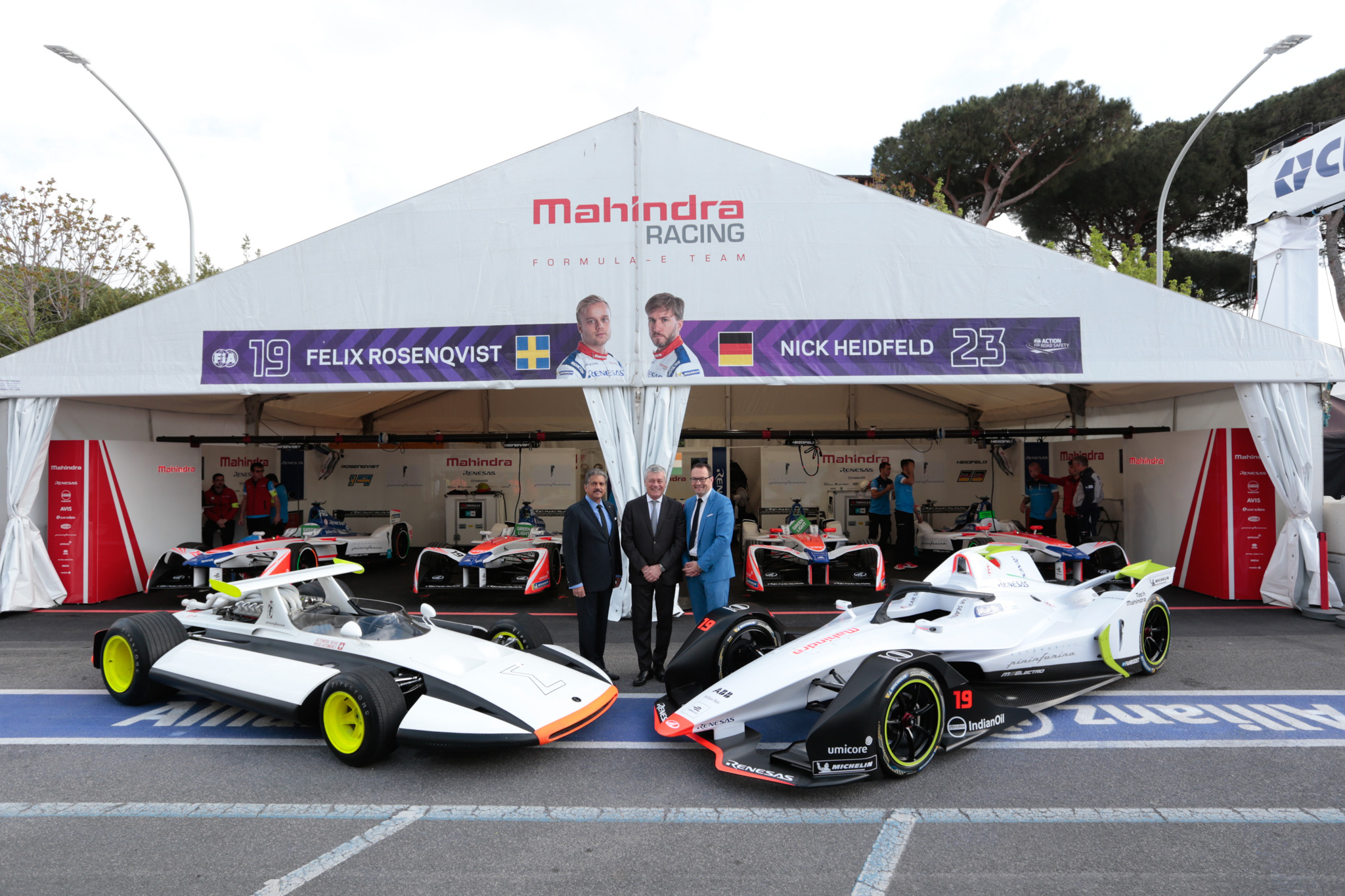
Mahindra Racing
I spoke with Automobili Pininfarina’s CEO Michael Perschke, Chief Brand Officer Dan Connell, and Design Director Luca Borgogno from their July 12th North American brand launch event in New York. My first question was why they chose to go fully electric, with so many established luxury automakers tepidly looking to hybrids for their first venture into electrification.
Michael was quick to give credit to Tesla and Elon Musk. “We wouldn’t be sitting here today if Elon hadn’t started the electric vehicle movement”. He said that to put both technologies on board means you are not committed to either and you don’t start designing a brand new high tech hypercar based on technology that’s over 100 years old. “You don’t want to get stuck with combustion engines,” he said. “The point of no return has been crossed, combustion engines are aging. They can be further improved but they are not a leapfrog technology”. These comments are important to take note of, as someone who has spent his career with companies like Audi and Mercedes, Mr. Perschke’s views on where the industry needs to go are telling.
Manufacturers and the oil industry often claim higher efficiencies are possible with combustion, but to achieve that requires greater complexity and expense, with depreciating returns – all while electric vehicles are making a big gain in performance and cost.
“If you want a brand that’s relevant in 2050, you don’t start with a drivetrain that’s been used since 1890” – Michael Perschke, Automobili Pininfarina.
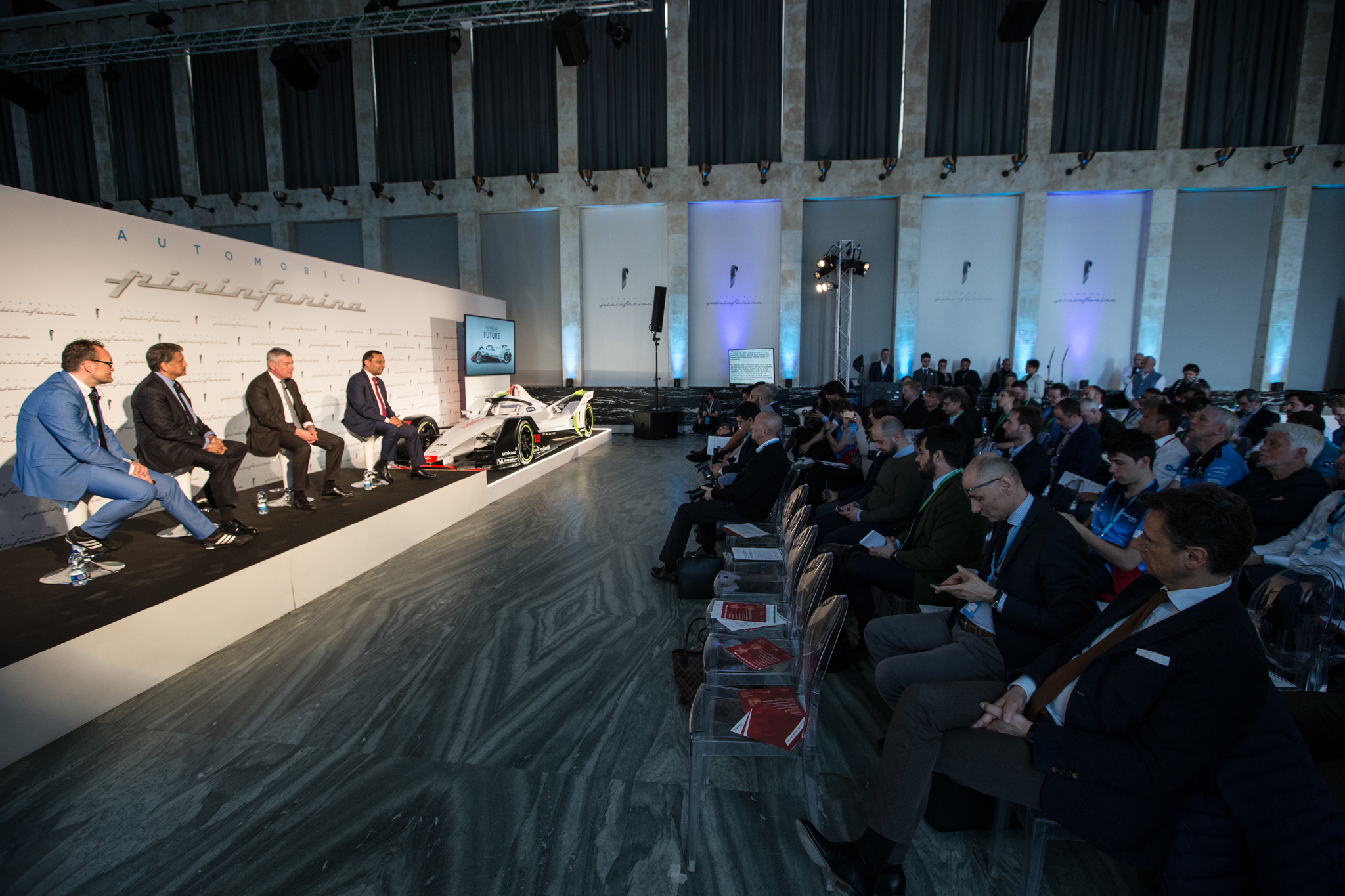
Automobili Pininfarina North American Brand Launch – New York July 12th, 2018
The car industry has seen several EV startups, with bold claims, but I think this one is legit. They have the right mix of experience, innovation, talent, and financial support. They are certainly targeting some impressive performance figures:
Release Date: 2020
0 – 100 km/h (62 mph): < 2 seconds
0 – 300 km/h (186 mph): < 12 seconds
Top speed: > 400 km/h (250 mph)
Range: > 500 km (310 miles)
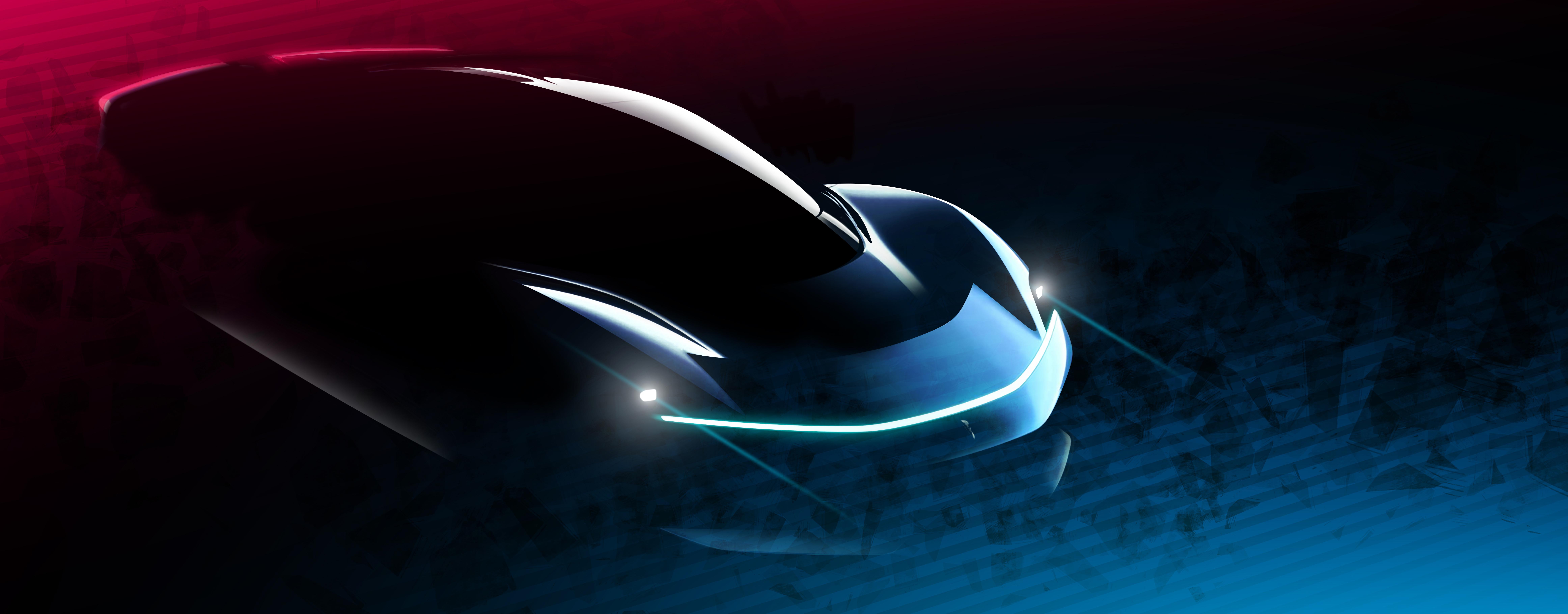
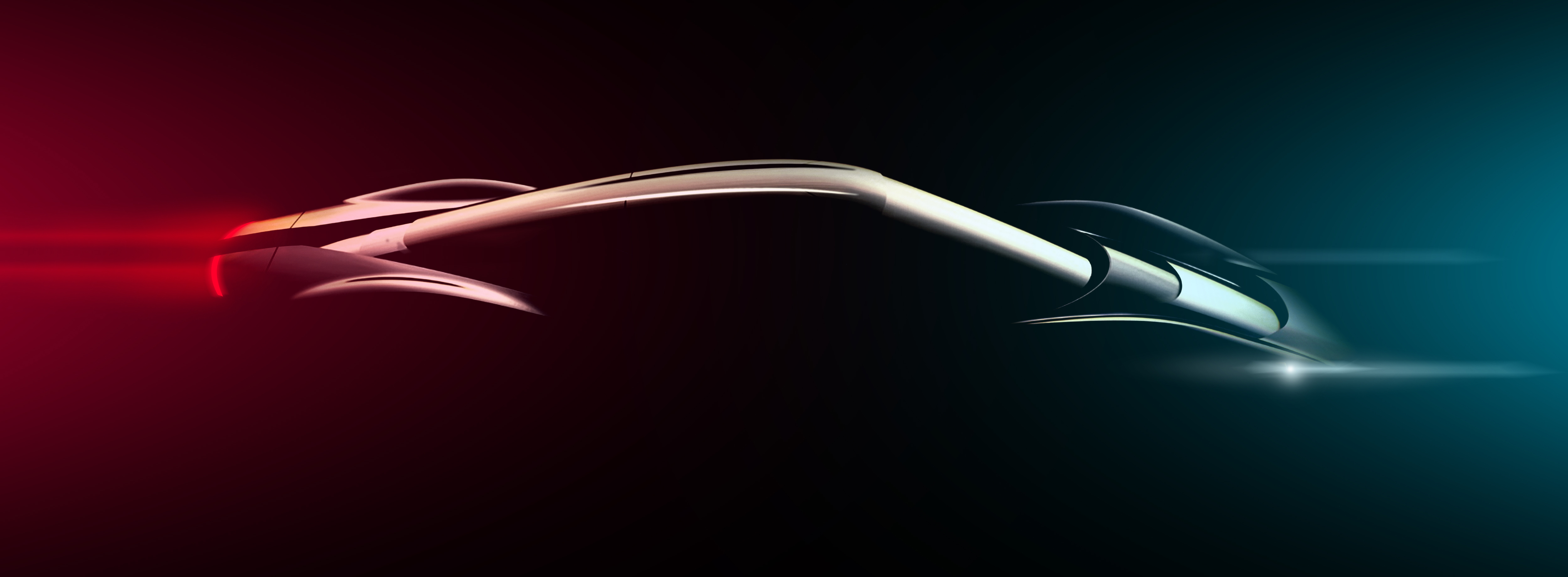
You’ll notice that both the timing and the performance figures are conspicuously similar to Tesla’s coming Roadster, but any speculation of competition with Tesla was quickly shot down. “We are complimenting the offering that Elon has launched…. with a focus more on the European supercar design styling heritage”. On the raw specifications, this vehicle seems an obviously competitor but that’s oversimplifying the market. With a reported price tag exceeding $2 million dollars, they are obviously targeting a different segment of the market – it’s a European hypercar after all. And while that may seem to limit its direct impact, I’m excited to see what it can do and how it will influence the performance luxury vehicle segment. As Elon has noted, we still need to fully remove the “performance halo” surrounding high-end combustion cars. That’s Tesla’s goal with the new Roadster and I hope Automobili Pininfarina can help do that for Italian supercars as well. How many posters and computer desktop backgrounds still depict gas burning supercars? It’s time they were replaced.
Luca Borgogno, their design director, shared some of his insights into the design with me.
“We have two key words,” he said “purity and beauty”. He said it was important that all design elements serve a purpose, that form and function must be joined together for a purity of design. Their intent is for the PFO to convey both the legacy of European sports cars and link it to the modern technology that’s behind it.
For the exterior, he said, low drag was obviously important for a vehicle capable of going over 250mph. Keeping the middle of the car as a clean, unobstructed line improves the aerodynamics he said. To do this the rear of the vehicle will have a split rear wing, with each side capable of individually articulating for improved downforce and even provide for air braking. It certainly has a sleek looking profile.
They aren’t releasing any images of the interior yet but he says it again follows the same purity ethos, with clean simplicity and a high degree of seamless digitization. It seems this is a new approach Tesla has pioneered. To add beauty to the interior through simplification. I’m certainly supportive, the interior of my Model 3 is beautiful and immediately relaxing. Automobili Pininfarina seems to be embracing the idea as well.
Luca also noted that purity wasn’t just about interior design but also in the materials they use. That means using as much sustainable and natural materials as possible.
It became apparent that they were designing this car, not just because they loved cars, but because they see where society is going and that we need a more sustainable approach. “Sustainability should not be a buzzword,” Michael said. “For us, it will be the full 360 degree approach. It starts at the tailpipe… but we must also look at the manufacturing, the battery second life, and using renewable energy”. They are currently working on their roadmap to full sustainability and will have explicit targets for it, with more information coming this fall. They complimented Tesla as leaders in this area as well, including their solar installation at the Gigafactory.
The technology to make this car possible seems to be right around the corner. Tesla already has their prototype driving around and reportedly “breaking the laws of physics”. If Automobili Pininfarina can integrate some of their parent companies Formula E tech, then there’s no reason to think this car won’t meet their goals. They are producing the car in small volumes, so mass production “hell” isn’t a concern, but they did note more vehicle models will come, specifically that SUVs are in their future. Is this the start of a new all-electric luxury brand in Europe? One can hope.
It seems they have the right mix to be successful and I hope we see them soon.
Afterword:
At the end of the interview, I asked them if they drive electric cars or which ones they particularly enjoy. Michael quickly noted test driving the Tesla P100D with ludicrous mode was his favorite so far and that’s probably the one he’s going to buy. He also said he’d look at the Volvo XC90 plug-in hybrid as a family car. A Ferrari, he said, would also likely be needed – although I assume that’s at least until their PF0 is available.

News
Tesla hosts Rome Mayor for first Italian FSD Supervised road demo
The event marked the first time an Italian mayor tested the advanced driver-assistance system in person in Rome’s urban streets.
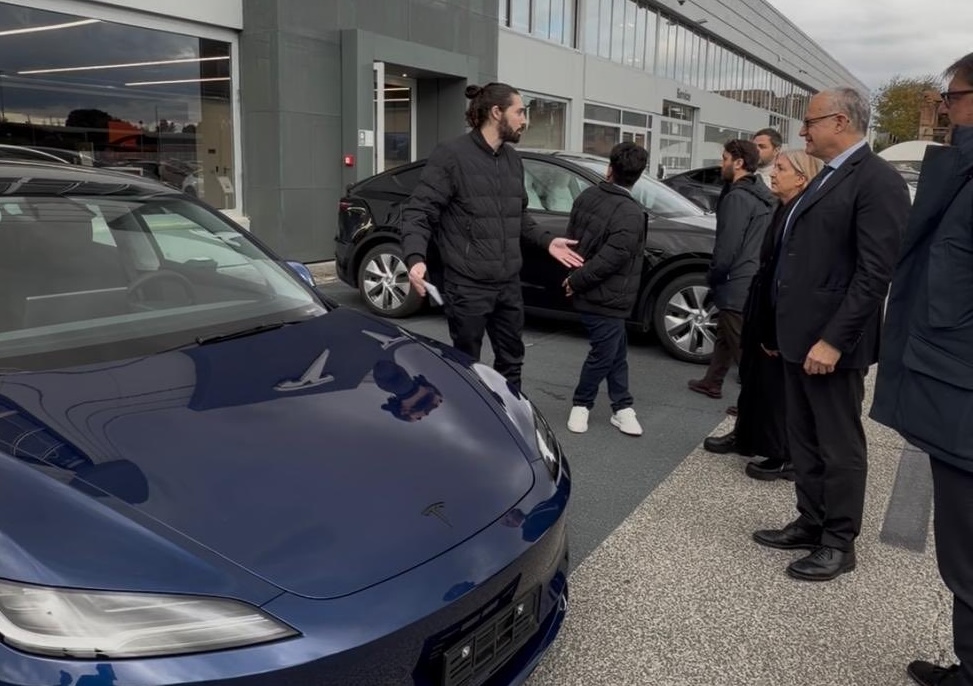
Tesla definitely seems to be actively engaging European officials on FSD’s capabilities, with the company hosting Rome Mayor Roberto Gualtieri and Mobility Assessor Eugenio Patanè for a hands-on road demonstration.
The event marked the first time an Italian mayor tested the advanced driver-assistance system in person in Rome’s urban streets. This comes amid Tesla’s push for FSD’s EU regulatory approvals in the coming year.
Rome officials experience FSD Supervised
Tesla conducted the demo using a Model 3 equipped with Full Self-Driving (Supervised), tackling typical Roman traffic including complex intersections, roundabouts, pedestrian crossings and mixed users like cars, bikes and scooters.
The system showcased AI-based assisted driving, prioritizing safety while maintaining flow. FSD also handled overtakes and lane decisions, though with constant driver supervision.
Investor Andrea Stroppa detailed the event on X, noting the system’s potential to reduce severe collision risks by up to seven times compared to traditional driving, based on Tesla’s data from billions of global fleet miles. The session highlighted FSD’s role as an assistance tool in its Supervised form, not a replacement, with the driver fully responsible at all times.
Path to European rollout
Tesla has logged over 1 million kilometers of testing across 17 European countries, including Italy, to refine FSD for local conditions. The fact that Rome officials personally tested FSD Supervised bodes well for the program’s approval, as it suggests that key individuals are closely watching Tesla’s efforts and innovations.
Assessor Patanè also highlighted the administration’s interest in technologies that boost road safety and urban travel quality, viewing them as aids for both private and public transport while respecting rules.
Replies on X urged involving Italy’s Transport Ministry to speed approvals, with one user noting, “Great idea to involve the mayor! It would be necessary to involve components of the Ministry of Transport and the government as soon as possible: it’s they who can accelerate the approval of FSD in Italy.”
News
Tesla FSD (Supervised) blows away French journalist after test ride
Cadot described FSD as “mind-blowing,” both for the safety of the vehicle’s driving and the “humanity” of its driving behaviors.
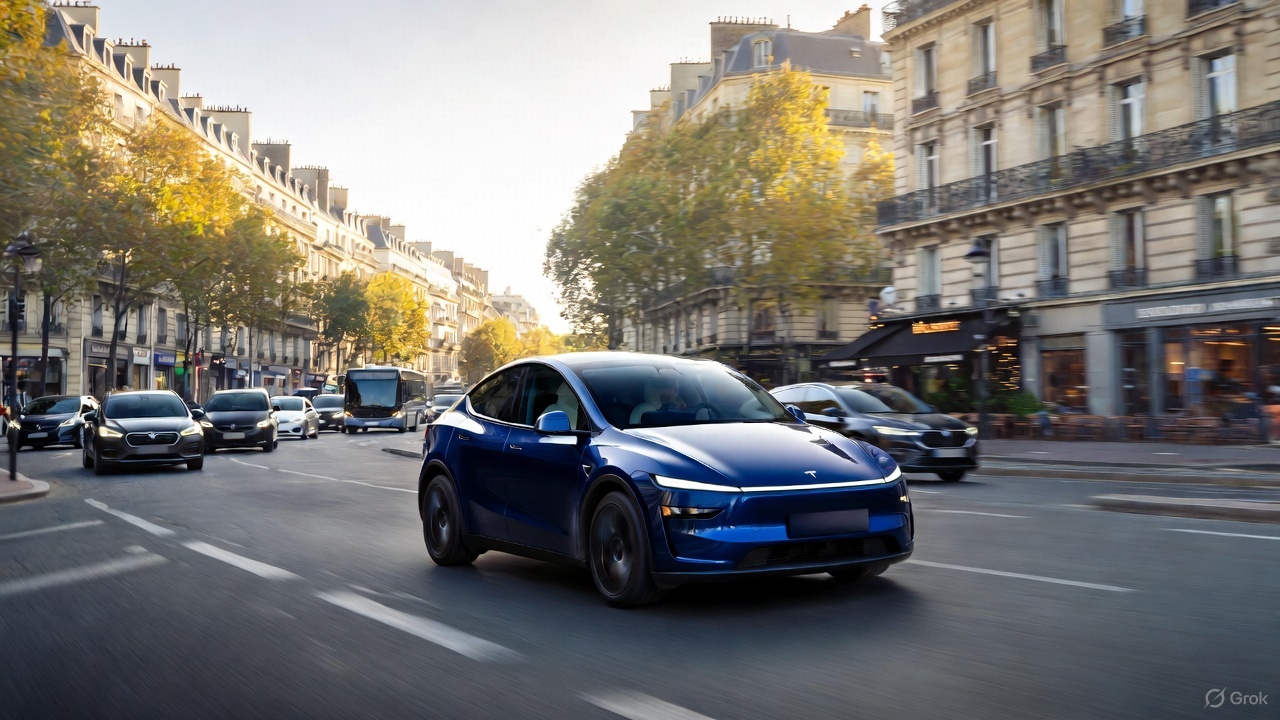
Tesla’s Full Self-Driving (Supervised) seems to be making waves in Europe, with French tech journalist Julien Cadot recently sharing a positive first-hand experience from a supervised test drive in France.
Cadot, who tested the system for Numerama after eight years of anticipation since early Autopilot trials, described FSD as “mind-blowing,” both for the safety of the vehicle’s driving and the “humanity” of its driving behaviors.
Julien Cadot’s FSD test in France
Cadot announced his upcoming test on X, writing in French: “I’m going to test Tesla’s FSD for Numerama in France. 8 years I’ve been waiting to relive the sensations of our very first contact with the unbridled Autopilot of the 2016s.” He followed up shortly after with an initial reaction, writing: “I don’t want to spoil too much because as media we were allowed to film everything and I have a huge video coming… But: it’s mind-blowing! Both for safety and for the ‘humanity’ of the choices.”
His later posts detailed FSD’s specific maneuvers that he found particularly compelling. These include the vehicle safely overtaking a delivery truck by inches, something Cadot said he personally would avoid to protect his rims, but FSD handled flawlessly. He also praised FSD’s cyclist overtakes, as the system always maintained the required 1.5-meter distance by encroaching on the opposite lane when clear. Ultimately, Cadot noted FSD’s decision-making prioritized safety and advancement, which is pretty remarkable.
FSD’s ‘human’ edge over Autopilot
When asked if FSD felt light-years ahead of standard Autopilot, Cadot replied: “It’s incomparable, it’s not the same language.” He elaborated on scenarios like bypassing a parked delivery truck across a solid white line, where FSD assessed safety and proceeded just as a human driver might, rather than halting indefinitely. This “humanity” impressed Cadot the most, as it allowed FSD to fluidly navigate real-world chaos like urban Paris traffic.
Tesla is currently hard at work pushing for the rollout of FSD to several European countries. Recent reports have revealed that Tesla has received approval to operate 19 FSD test vehicles on Spain’s roads, though this number could increase as the program develops. As per the Dirección General de Tráfico (DGT), Tesla would be able to operate its FSD fleet on any national route across Spain. Recent job openings also hint at Tesla starting FSD tests in Austria. Apart from this, the company is also holding FSD demonstrations in Germany, France, and Italy.
Elon Musk
Tesla Optimus shows off its newest capability as progress accelerates

Tesla Optimus showed off its newest capability as progress on the project continues to accelerate toward an ultimate goal of mass production in the coming years.
Tesla is still developing Optimus and preparing for the first stages of mass production, where units would be sold and shipped to customers. CEO Elon Musk has always marketed the humanoid robot as the biggest product in history, even outside of Tesla, but of all time.
He believes it will eliminate the need to manually perform monotonous tasks, like cleaning, mowing the lawn, and folding laundry.
However, lately, Musk has revealed even bigger plans for Optimus, including the ability to relieve humans of work entirely within the next 20 years.
JUST IN: Elon Musk says working will be ‘optional’ in less than 20 years because of AI and robotics. pic.twitter.com/l3S5kl5HBB
— Watcher.Guru (@WatcherGuru) November 30, 2025
Development at Tesla’s Artificial Intelligence and Robotics teams has progressed, and a new video was shown of the robot taking a light jog with what appeared to be some pretty natural form:
Just set a new PR in the lab pic.twitter.com/8kJ2om7uV7
— Tesla Optimus (@Tesla_Optimus) December 2, 2025
Optimus has also made several public appearances lately, including one at the Neural Information Processing Systems, or NeurIPS Conference. Some spectators shared videos of Optimus’s charging rig, as well as its movements and capabilities, most interestingly, the hand:
You have to hand it to Elon 🤟 pic.twitter.com/fZKDlmGAbe
— Ric Burton · NeurIPS 2025 (@_ricburton) December 2, 2025
The hand, forearm, and fingers have been one of the most evident challenges for Tesla in recent times, especially as it continues to work on its 3rd Generation iteration of Optimus.
Musk said during the Q3 Earnings Call:
“I don’t want to downplay the difficulty, but it’s an incredibly difficult thing, especially to create a hand that is as dexterous and capable as the human hand, which is incredible. The human hand is an incredible thing. The more you study the human hand, the more incredible you realize it is, and why you need four fingers and a thumb, why the fingers have certain degrees of freedom, why the various muscles are of different strengths, and fingers are of different lengths. It turns out that those are all there for a reason.”
The interesting part of the Optimus program so far is the fact that Tesla has made a lot of progress with other portions of the project, like movement, for example, which appears to have come a long way.
However, without a functional hand and fingers, Optimus could be rendered relatively useless, so it is evident that it has to figure this crucial part out first.








